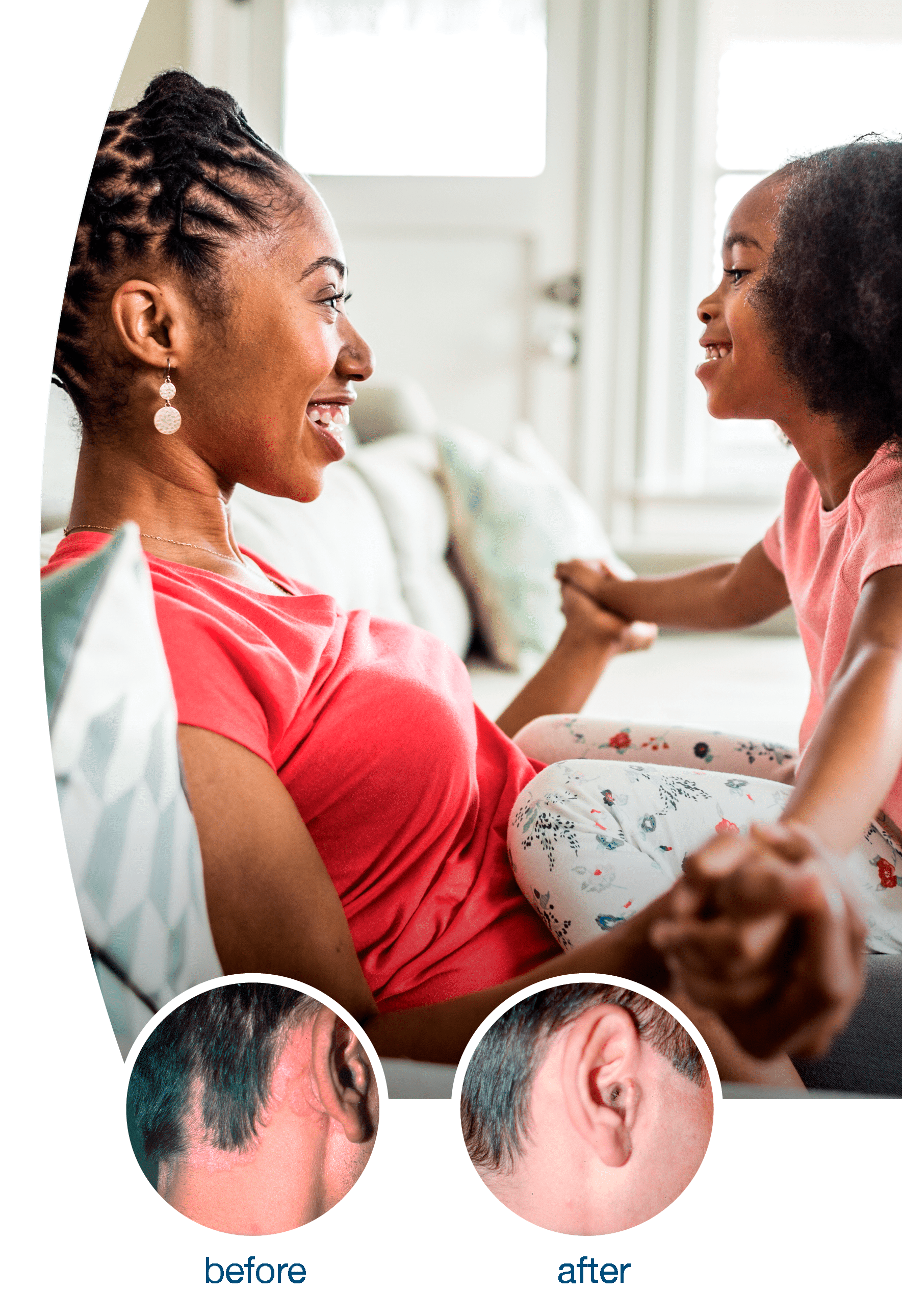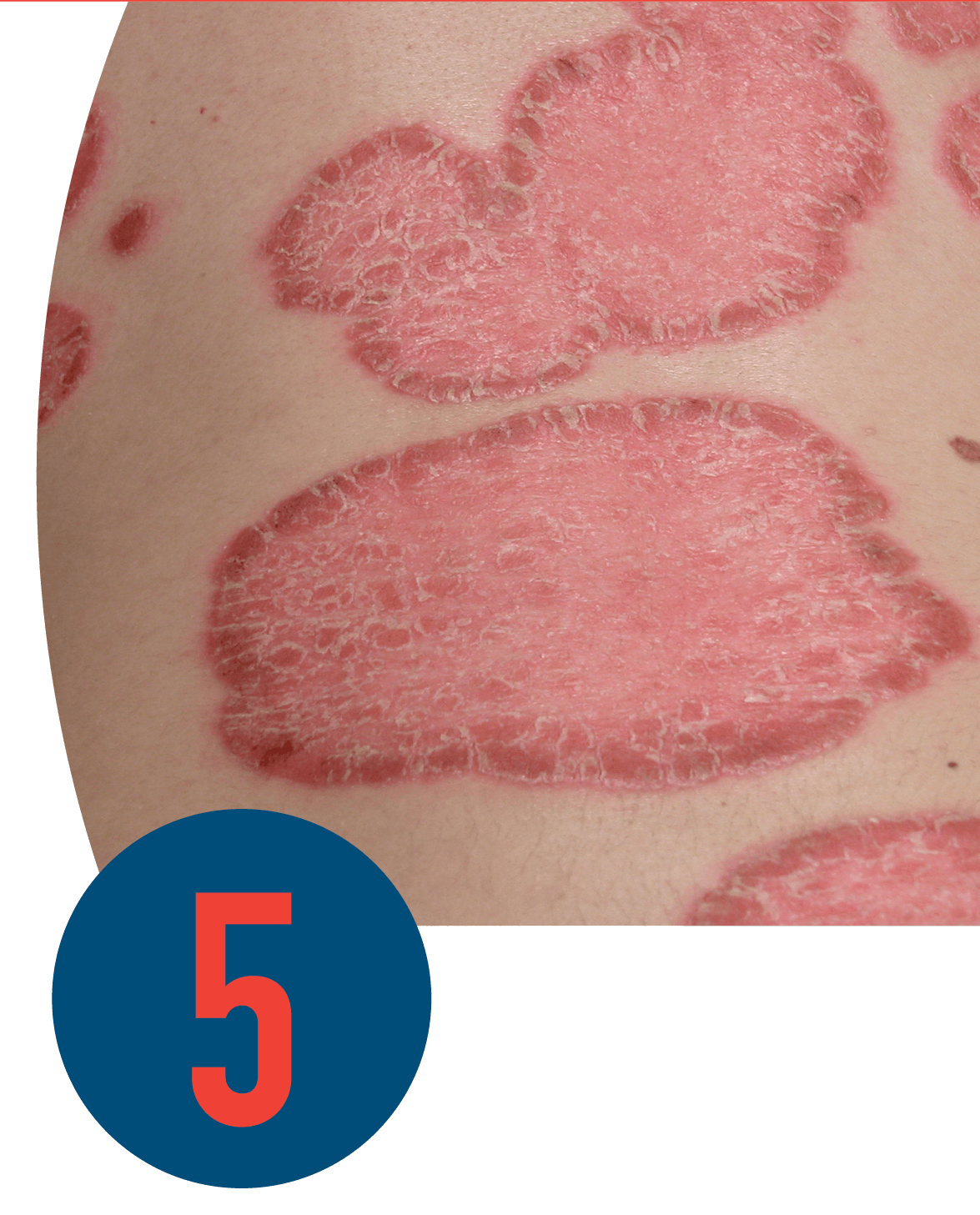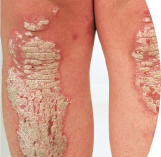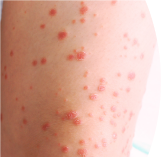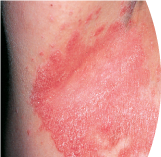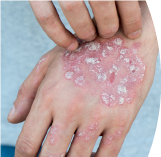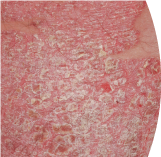About psoriasis
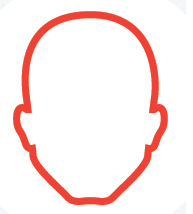 Understanding psoriasis
Understanding psoriasis
Psoriasis can affect anyone: men, women, children and people of all races. It’s an autoimmune disease, which means it’s caused by an overactive immune system. This happens when the immune system automatically launches an inflammatory, or “fight response” against your own body.1,2
In this case, the immune system attacks healthy organs and tissues, instead of attacking viruses and bacteria. Psoriasis is mostly hereditary, and environmental factors like an infection, stress, certain medications or even diet can be triggers and cause flare-ups.3,4
This chronic condition causes the rapid build-up of skin cells, which then causes scaling on the skin’s surface.5
Inflammation and redness around the scales is fairly common.
Typical psoriatic scales are whitish-silver and develop in thick,
red patches. Sometimes, these patches will crack and bleed.5
